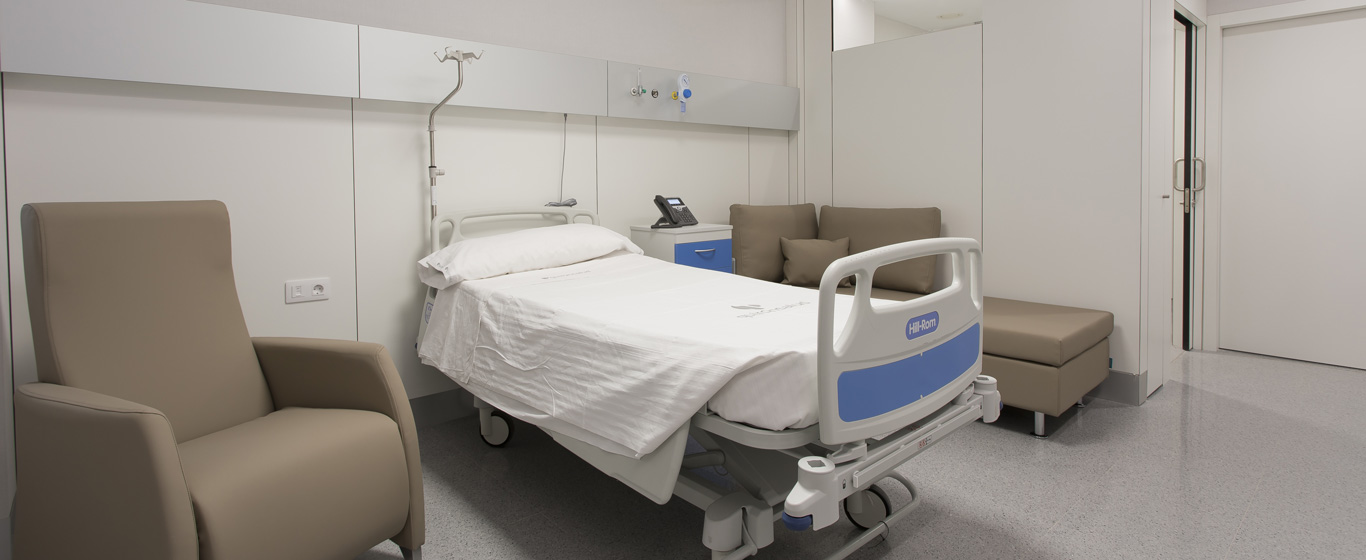Herniated Disc
Is it dangerous to undergo surgery for a herniated disc? All the information about its causes, symptoms, and the most effective and safest treatments for this condition.
Symptoms and Causes
A herniated disc is a condition that causes the displacement of an intervertebral disc, which is the cartilage tissue located between the bones of the spine to provide cushioning. When it moves, it often presses on the nerve root, typically causing sharp pain.
Depending on where it occurs, there are three types of disc herniation:
- Lumbar herniated disc: This is the most common type. It affects the vertebrae in the lumbar region, which is the lower part of the back.
- Cervical herniated disc: It occurs in the upper part of the spine, that is, in the cervical region.
- Thoracic herniated disc: This is very rare because the vertebrae located at the chest level are more stable and move less.
Although the symptoms are often very bothersome and affect quality of life, in most cases they resolve on their own or with the help of non-invasive pharmacological treatments. In patients who do not improve, surgery is considered, which, thanks to new approaches and technical advancements, poses no risks beyond those typically associated with any surgical procedure.
Symptoms
The most common symptoms of a lumbar herniated disc include:
- Lumbago: Pain in the lower back.
- Sciatica: Pain that starts in the lumbar region and radiates down the leg.
- Weakness, numbness, and tingling in one leg that may cause stumbling.
- Shoulder or arm pain in the case of a cervical herniated disc.
Causes
The primary cause of this type of herniation is the natural wear and tear of the discs, which lose elasticity over time and, as a result, become more prone to rupture.
Risk Factors
Some factors that increase the risk of developing a disc herniation include:
- Age: It is more common between the ages of 30 and 50 when the symptoms of disc degeneration begin to manifest.
- Obesity or excess weight: The discs in the lumbar region experience greater strain.
- Genetics: There is a genetic factor that predisposes individuals to develop this condition.
- Sedentary lifestyle: It leads to poor posture and impaired blood circulation.
- Driving: Forced posture for long periods and the vibration of vehicles can contribute to disc rupture.
- Smoking: Smoking reduces the oxygen supply in the body, including in the discs, causing them to deteriorate more easily.
Complications
The primary complication of a herniated disc is when the nerve is severely affected, leading to a loss of sensation in the lower limbs or urinary problems due to bladder dysfunction. In the most severe cases, which are rare, the spinal cord can be permanently damaged.
Prevention
There is no way to prevent a herniated disc. However, the risks can be reduced by adopting certain habits such as:
- Eating a healthy diet.
- Adopting proper posture both when sitting and when lifting heavy objects.
- Avoiding tobacco.
- Engaging in moderate exercise.
What doctor treats a herniated disc?
Specialists in orthopedic surgery and traumatology, neurosurgery, and occupational medicine diagnose and treat herniated discs.
Diagnosis
When diagnosing a herniated disc, specialists rely on various tests. The most common ones are:
- Examination of the affected area to assess sensitivity and range of motion.
- Neurological exam to check reflexes and strength.
- When doubts remain, imaging tests are performed to assess the state of the vertebrae and discs. Magnetic resonance imaging (MRI) and computed tomography (CT) scans provide conclusive results. Sometimes, X-rays are requested to rule out other causes for back pain.
- Electromyography: This is a neurological test that studies the electrical activity of the muscles.
Treatment
In most cases, a herniated disc heals on its own, as the body has the ability to reabsorb the displaced tissue. For this reason, treatments generally focus on relieving symptoms. Medications such as painkillers or muscle relaxants are often prescribed, or physical therapy may be recommended, where a therapist suggests appropriate exercises to alleviate the pain.
In the small percentage of cases where the herniation does not resolve, surgery is considered. Surgical procedures to treat herniated discs have evolved significantly in recent years and have a high success rate, including endoscopic techniques and navigation-assisted surgery. During the procedure, the nerve is decompressed by removing a portion of the disc (the most common procedure), a part of the vertebra is removed to reduce pressure on the nerve (laminectomy), a prosthesis is implanted, or, in more severe cases, spinal fusion is performed.









































































































